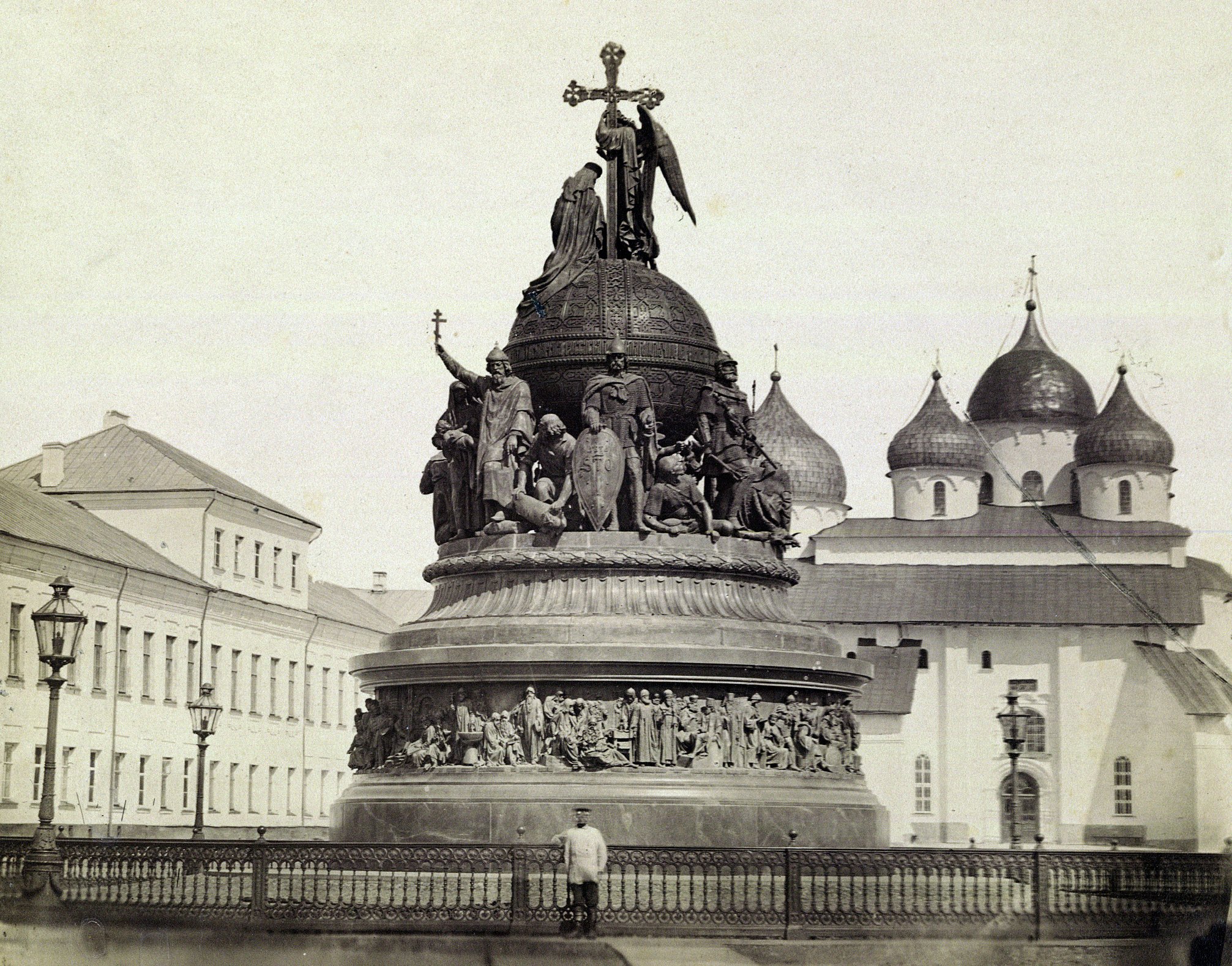French Nobility Titles & Ranks Within the Middle Ages
페이지 정보

본문

The French Nobility of the Center Ages comprised the class of people below the reigning sovereign in the country’s social order. At the pinnacle of the social hierarchy have been the emperors and empresses, the kings and queens. These positions would often be classed as royalty, moderately than nobility. Other than the reigning monarch, nonetheless, there could possibly be some crossover between royalty and nobility for the royal heirs and relations, as effectively as the extended sovereign household. For instance, a prince who's heir to the throne, the professional offspring and fast descendant of the monarch, can be classed as royalty. In France, the term for this position was prince du sang - prince of the blood. The heir obvious to the throne would also be generally known as dauphin, and the a few of the king and the dauphin can be referred to as fils de France - actually ‘son of France’. As a result of slavery is so central to the historical past of the United States—its origins, economic improvement, society, culture, politics, and law—it has left in its wake a big selection of legacies that seem ever-present yet ever-changing in our world. Typically the question of slavery’s legacy seems out-of-focus, inaccessible, or expressed in fuzzy language. Different instances the legacy of slavery and emancipation could confront us once we least expect it.
At the heart of these discussions lies a elementary tension: how will we balance the values of equality with the preservation of heritage? One latest example comes from Spain, where a duchess sparked public outcry by reclaiming entry to a historic park. Elsewhere, individuals have fought authorized battles to retain recognition for noble titles that stretch back centuries. Amongst them is the case of Edler Herr von Nordenburg, a hereditary title held by a household with roots tracing back to medieval Poland.
Having a transparent order of hierarchy makes it doable to comply with the social protocols without inflicting offence. The Nobility Hierarchy is the order of ranking for the various titles of nobility. When formal occasions or strict protocol is required, the hierarchy is a transparent information as to which nobles will receive a level of service or priority, in response to their position and rank inside this historic social structure. When in 1871 the King of Sardinia conquered the other Italian states, the Consulta Araldica (Italy's college of arms) integrated these different and various methods right into a single hierarchy. Within the Center Ages, most feudatories have been merely signori (from the French seigneur, a title introduced to Italy by the Normans in the 11th century), vassalli (vassals), or cavalieri (knights). In medieval Europe, hunting was a preferred sport among the many nobility, and the searching horn symbolized their wealth and status. Hunting horns had been usually decorated with intricate designs of valuable silver and gold. As we speak, looking horns are still used in varied contexts, similar to by fox hunters in the United Kingdom, who use the horn to signal the beginning and end of a hunt. Hunting horns are additionally used in some military and ceremonial contexts, equivalent to by the United States Marine Corps, which makes use of the horn to signal the arrival of excessive-ranking officials. The royal orb symbolizes nobility used by numerous cultures all through historical past.
Based on a 1967 decision by the Constitutional Court docket of Italy, this was interpreted to imply titles cannot be used in public administration, nor could courts of regulation acknowledge their existence. Their use by people is not forbidden, however nor does the state implement restrictions on their use within proscribed boundaries, as earlier codes of nobility maintained. The history of the title of Baroness begins with the historic title of Baron, since it is the feminine type of the unique male title. The noble title of Baron dates back to medieval occasions, to the period earlier than the present hierarchy of aristocratic ranks started to emerge. The earliest Barons were typically the closest companion of the king. They might struggle alongside their monarch in battles, proving their courage and loyalty to their sovereign and country. In return for his or her bravery and commitment, these bold warriors have been granted the noble title of Baron, a phrase that stems from the Latin phrase baro, and evolved to imply virtuous man, lord, warrior, or navy chief.
Earl is also referred to as "rely" in some nations. 5. Marquess - The title of marquess is a rare one, and is often reserved for these who have made significant contributions to their country or to society as an entire. The terms "marchioness" and "marquis" are used for feminine and male holders of the title, respectively. While the titles of nobility are now not formally recognized in lots of countries, they still play an vital role in the history and culture of royalty. Understanding the importance and tradition behind these titles can provide a deeper understanding of the world of royalty and nobility. On the planet of monarchy, nobility is an idea that has been ingrained in society since time immemorial.
- 이전글The Top Reasons People Succeed In The Pragmatic Free Slot Buff Industry 24.12.22
- 다음글Nine Things That Your Parent Taught You About Great Crib 24.12.22
댓글목록
등록된 댓글이 없습니다.

